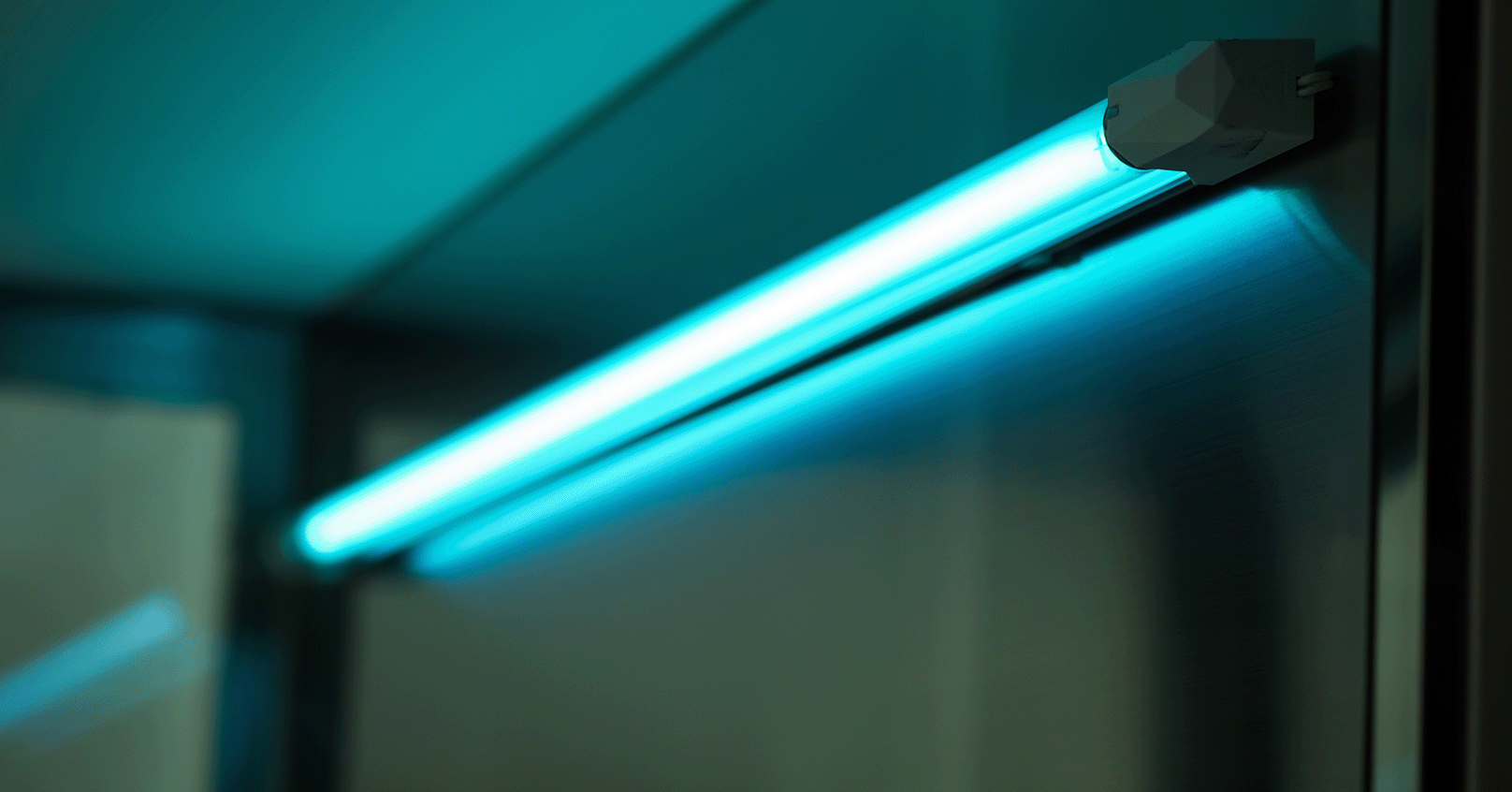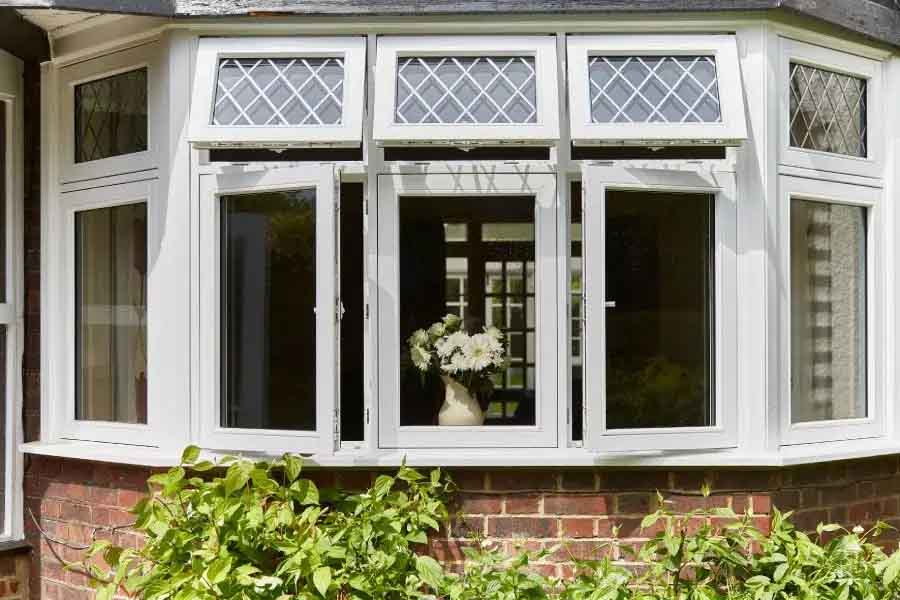How to Select and Install the Right UVGI Solution for Your Building
The simplicity of ultraviolet germicidal irradiation makes it tempting to assume that it is a one-size-fits-all solution. In reality, it’s a goldilocks situation, where getting it just right and applying the right specifications for your requirements can be the difference between energy-efficient, optimal air disinfection and a waste of money.
This guide will help you avoid the pitfalls so you have neither an under nor overpowered solution, and one that is in the right place to maximise its effect on the microorganisms in your indoor air.
(If you need to brush up on your UVGI knowledge first, read our main article: The UVGI Explainer: How it Works, Benefits & Solutions.)
There are two things you can control with a UVGI solution. Power (how many UV-C lamps you need in the unit) and location (where they need to be installed to disinfect what space).
Before you know what to do with those, you need to answer two main questions. 1) What microorganisms are you targeting? and 2) what space do you need to disinfect? Your answers will determine exactly how you choose and install the right UVGI solution.
What microorganisms are you targeting?
There are plenty of moulds, bacterias and viruses that you might want to eliminate from your indoor air. Most recently coronavirus, but you might also want to target influenza or adenovirus or the C.diff bacteria. Each one requires a different dose of UV-C to inactivate it, which will affect how many lamps you add to your solution.
See the table below, from one of ARM Environment’s technical selection quotes, which shows the different inactivation doses of UV-C required by different pathogens, in joules per square metre.
Note that UVGI does not catch particulate matter or VOCs, so we recommend pairing your UVGI solution with HEPA filters or a bipolar ionisation device.
Knowing exactly what microorganisms you are targeting is the first step to knowing how many lamps you need in your solution. Before you can get the right number, however, you need to know where it’s going to go.
What space are you disinfecting?
If you are looking to disinfect the air in the entire building, then you can (and should) install your lamps in the air handling unit (AHU), as long as it is a centralised system.
If you only need to disinfect specific rooms, first check if they are connected by a ventilation system. If so, then you can place your lamps inside your ductwork. If not, then you can choose upper-room UVGI, which are wall-mounted devices that disinfect the air in the top half of the room.
While in-duct and upper-room UVGI are effective, they are not as energy efficient or effective as AHU-based UVGI systems. Here’s why.
Why the AHU is the best location for UVGI
The quality of your UVGI solution depends on how long your air is exposed to the UV-C light, so speed of airflow dictates where you should place your devices. The slower the air moves past the light source, the more of it comes into contact with UV, and the more pathogens are inactivated.
This is also better for energy efficiency, because you will need fewer lamps to reach the same result.
At ARM Environments we always recommend installing UVGI solutions in a building’s air handling unit (AHU). This is a large void of low pressure where air is moving slowly and will have a high exposure to UV-C.
The air velocity in an AHU is typically 1.5 – 2m/s. In the ductwork it is 4 – 8m/s. Lamp performance drops by 50% when you increase velocity from 2.5 to 5m/s, so if a duct is your only option, we recommend widening it at a certain location to create a box of low pressure that slows the air down. You can place your lamps in there.
If your AHU is also a centralised space that delivers air to multiple locations, you only need one device to irradiate the air for an entire building.
The double benefit of placing UV-C lamps in your AHU is that they can also keep your fan coils and drip trays clean (if they are located there), so you won’t need to manually wash or replace them.
If you are not sure whether you can fit a UVGI solution in your current AHU, we are here to help.
When to install UVGI in ducts
Of course, if there is no room for a UVGI unit in your AHU, or you are in a multi-occupancy building and only need to disinfect certain spaces, then in-duct and upper-room solutions are still an effective way to go.
When you are retrofitting a building, sometimes you have no choice but to choose the ductwork. The AHU might be too small, or have no more room. Note that AHUs have a lifespan of 25 years, so be sure to check you’re not due an upgrade. If so, make sure you have enough space to install a new AHU, which are larger than they used to be in order to meet standards.
If you are installing in the ducts, you will need to measure the duct width, duct height, airflow, air velocity and temperature before you can calculate how many lamps to install.
For more information on the different types of UVGI solutions, read our article The UVGI Explainer: How it Works, Benefits & Solutions.
Example scenario: In-AHU
Targets: Coronavirus, adenovirus, influenza A virus and C.diff.
Location: A duct that is 1.3m x 1.3m, with airflow of 1.25m3/s and air velocity of 0.74m/s
Result: We would select six 75 watt UV-C lamps.
We are always ready to talk through how we make this calculation, just get in touch and let us know your required targets and location.
How to use UVGI for recirculated air
In the update to Part F, HVAC systems that recirculate air must have HEPA filters or UVGI in place. This is particularly relevant since the coronavirus pandemic.
By placing your UV-C lamps in the AHU, you can irradiate the recirculated air. But we would also recommend placing UV in your AHU if you are worried about airborne microbiological infections.
If you don’t have a heat exchanger (which can now capture 73% of heat due to ERP), you need to make sure your recirculation system is optimised with an air cleaning solution, especially in the colder months as the building system won’t perform properly without it.
We have seen examples of buildings that are unable to use their recirculation properly, with occupants leaving work due to the poor ventilation and uncomfortable temperatures.





